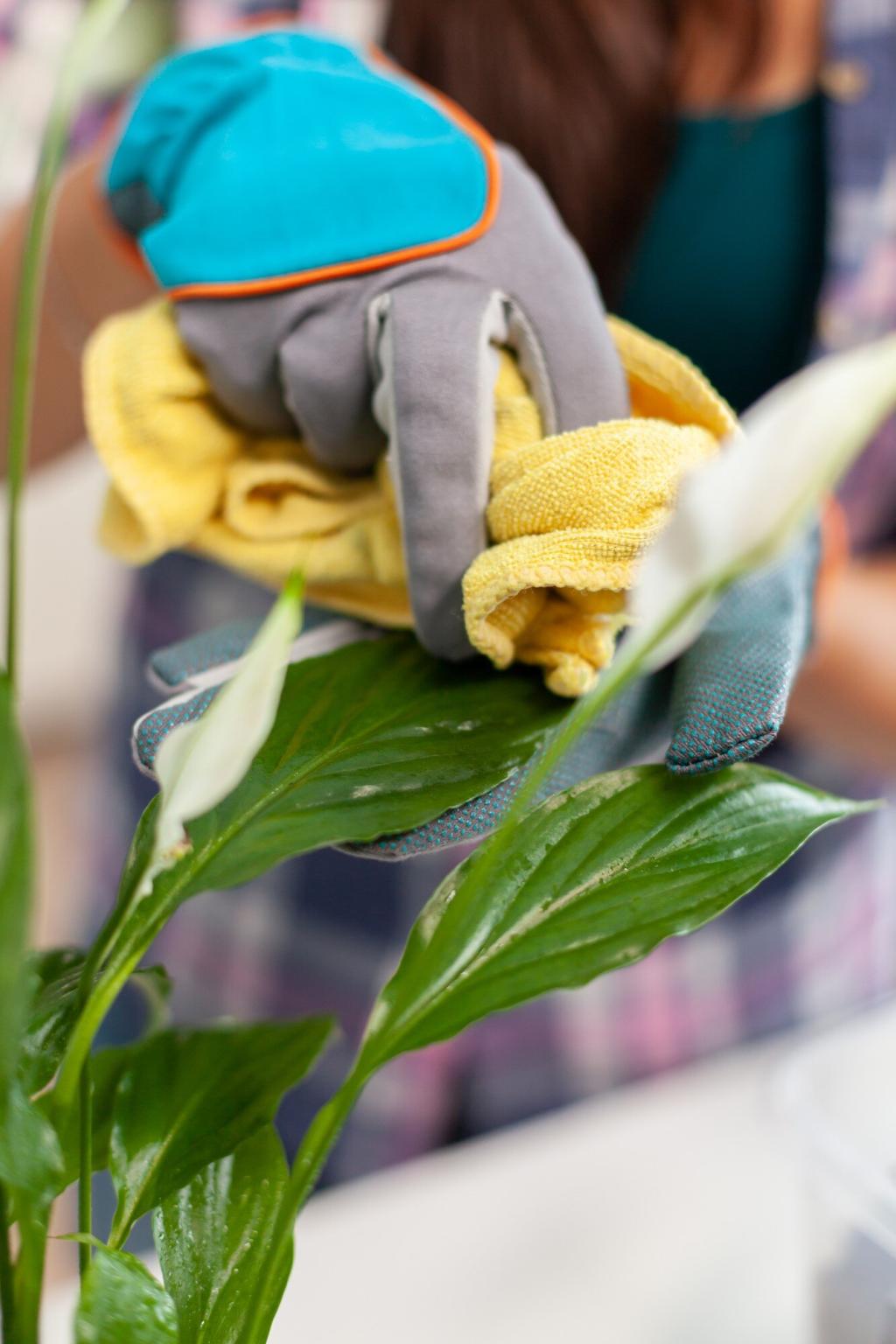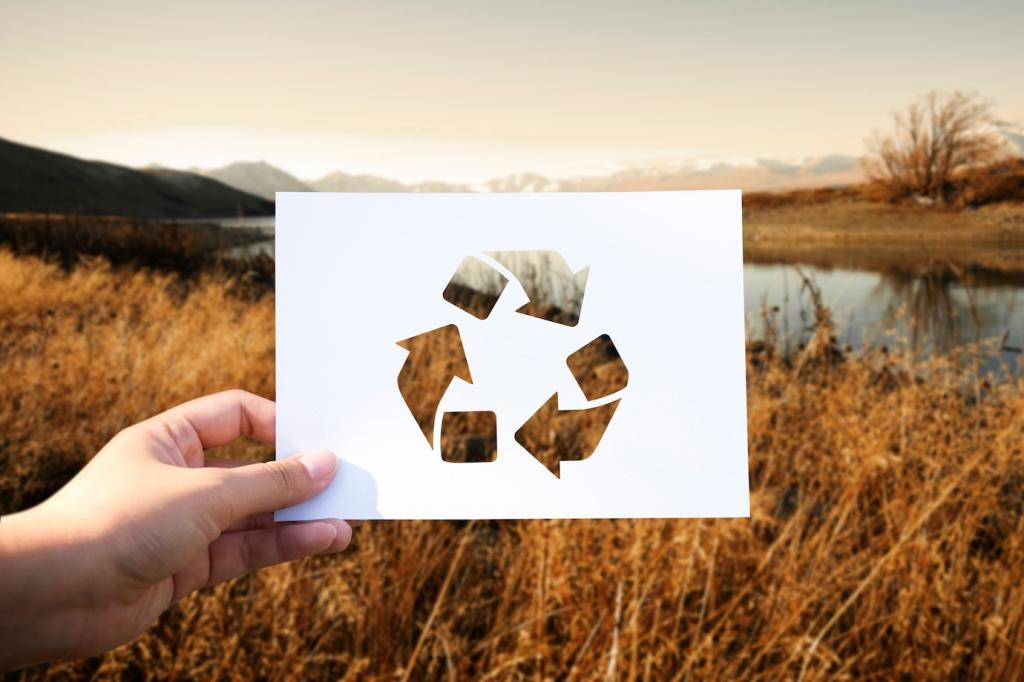What Makes a Finish Truly Eco-Friendly
Tung and linseed oils polymerize within wood fibers, while beeswax and carnauba form a breathable, renewably sourced sheen. Together they highlight grain, resist daily wear, and allow easy spot repairs. Comment with your favorite natural blend and what tone it brings out in your furniture.
What Makes a Finish Truly Eco-Friendly
Modern waterborne finishes dramatically cut odor and VOCs, improving indoor air quality without sacrificing durability. Look for credible low-emission claims and clear technical data sheets. If you’ve compared waterborne and solvent systems at home, tell us what you noticed about drying time, clarity, and smell.





